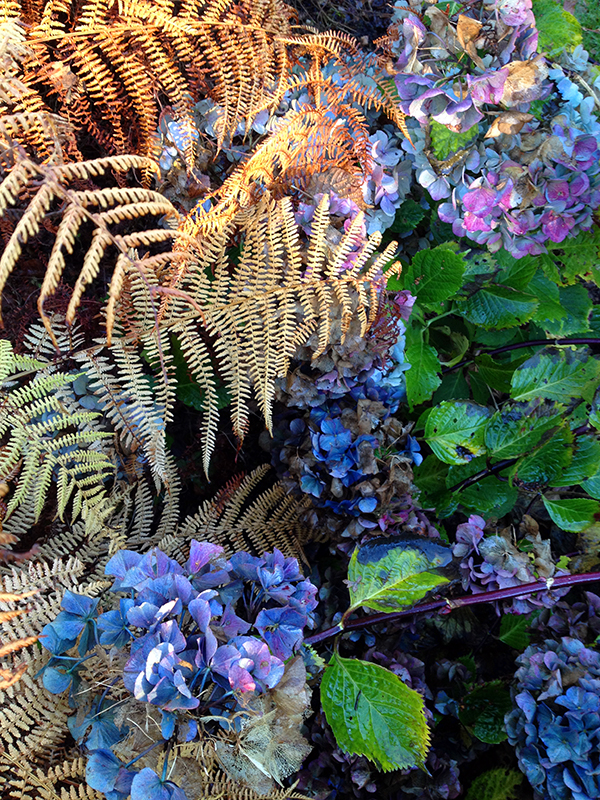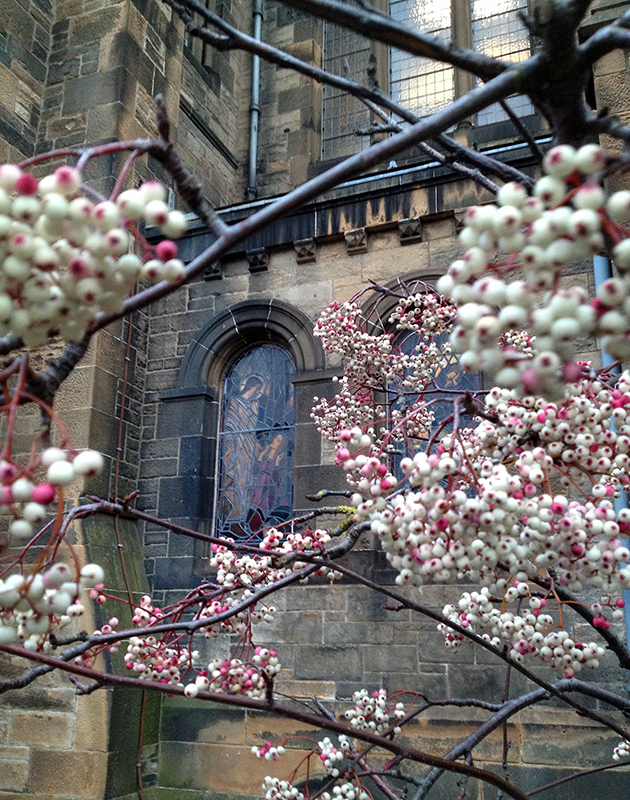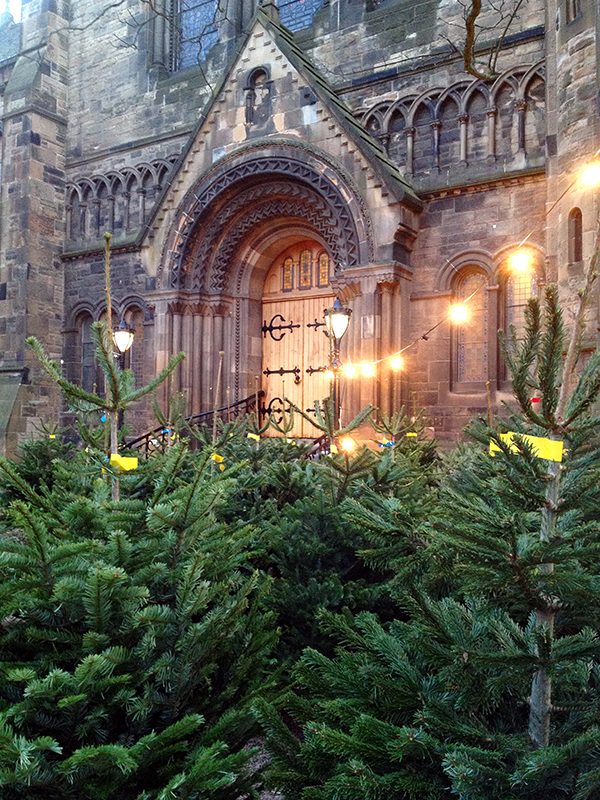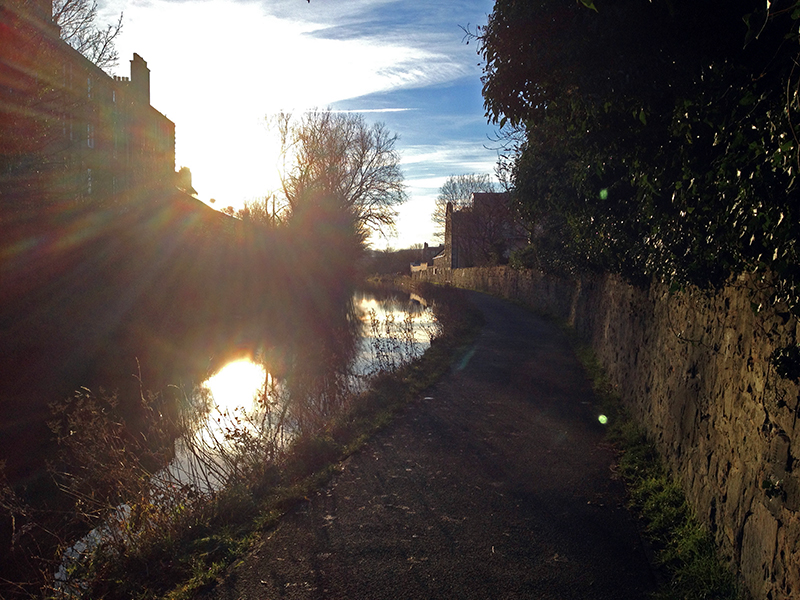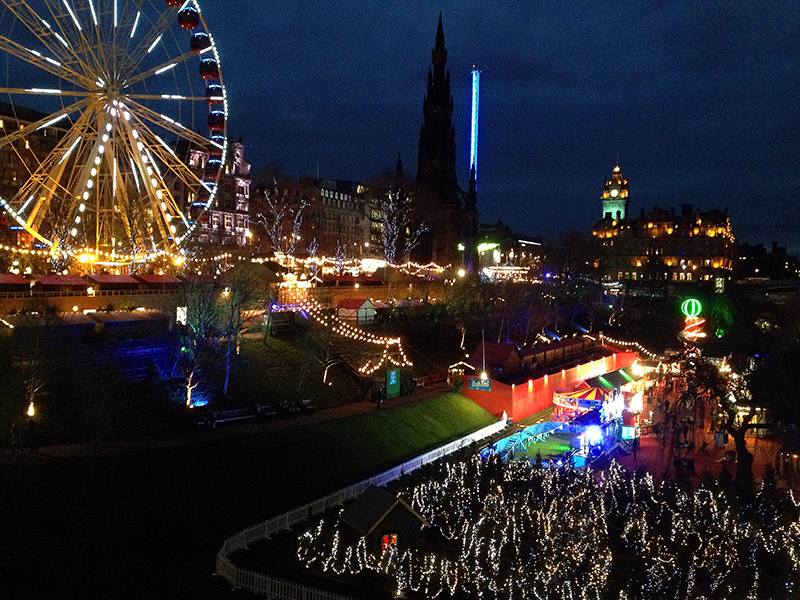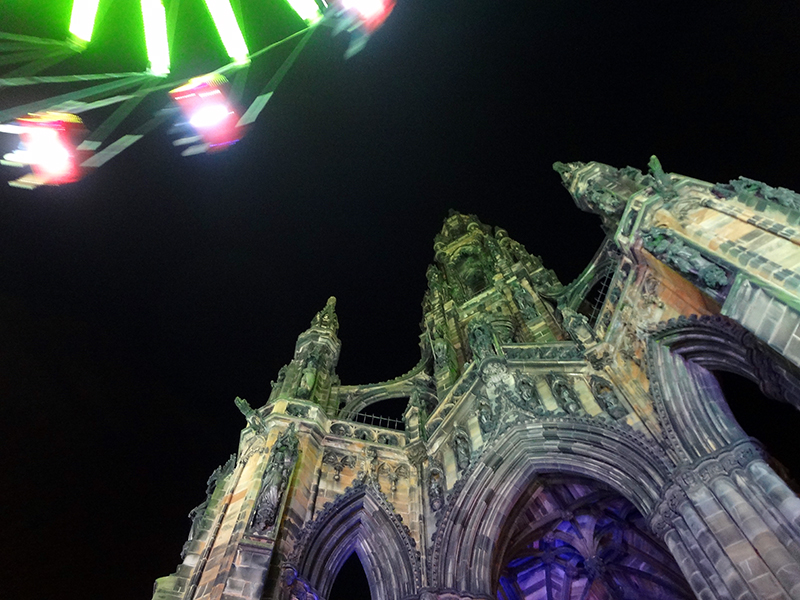January 17th, 2015 §

Even though I now live 3,570 miles away from my farmdog, I think about him all the time, especially when I see a black and white shepherd here in Edinburgh—which is about every day given that this is the land that originated the breed. Ancestors of the English Shepherd went to the New World with the colonists, where they were developed into all-purpose American farm dogs.
Interestingly, the breed “English Shepherd” isn’t known as such here in the U.K. unless dealing with a specialist breeder. A quick glance around the internet reveals that some U.K. breeders are importing English Shepherds from the U.S. for their breeding programs, touting the benefits of these “American” dogs. What goes around, comes around, right? Here’s the clearest explanation I’ve seen of the origins of the breed and how it developed. Right now there are only three U.K. English Shepherd breeders listed on the U.K. English Shepherd Club Web site. Maybe Tuck has a future here as a stud dog?
As much as I am sure he’d like that, Tuck is doing great living with my parents, where he has everything he needs plus the added benefit of canine cousins. Tuck grew up a wild child in a Free Union holler’, homeschooled by an eccentric and reclusive single parent—this new socialization is good for him. As dogs do, he’s adapted to and accepted his new reality without a backward glance, which is all I could hope for. Happy fourth birthday, farmdog.
Past birthdays: Third birthday, second birthday, first birthday.
(Thanks to Dad for the photo, and all the regular updates.)
January 15th, 2015 §
This week’s plant identification is a real challenge: conifers. We had a walkaround last Friday, just snuck it in as soon as the gardens reopened after having been closed most of the week because of high winds. It was still gusty, and a cold rain fell as we sped around the garden looking at twenty different conifers. My notes bled across the paper, which melted in the rain and sloughed away under my pen.
The weather and similarity of the subject matter conspired against me, and over the weekend I found I wasn’t able to learn the conifers as fast as I had other plants. So Tuesday night, after a full day of work experience at the Botanics, I set out alone to find the twenty trees we’d been assigned to learn. The gardens had closed for the day, the gates locked, and I was alone with the plants.
It was a real scavenger hunt as I tried to remember where we’d walked in a garden I have still not learned by heart. The day was going dark fast, and snow fell as I tromped beneath evergreen boughs, trying to spot the small black labels that identify each plant in the garden. The only sound was the strange and reproachful flapping of the large roosting birds whose bedtime I’d disturbed. It was so cold that my hands cramped and I could write only shaky initials on the labels I’d brought to i.d. cuttings from each of the assigned trees.
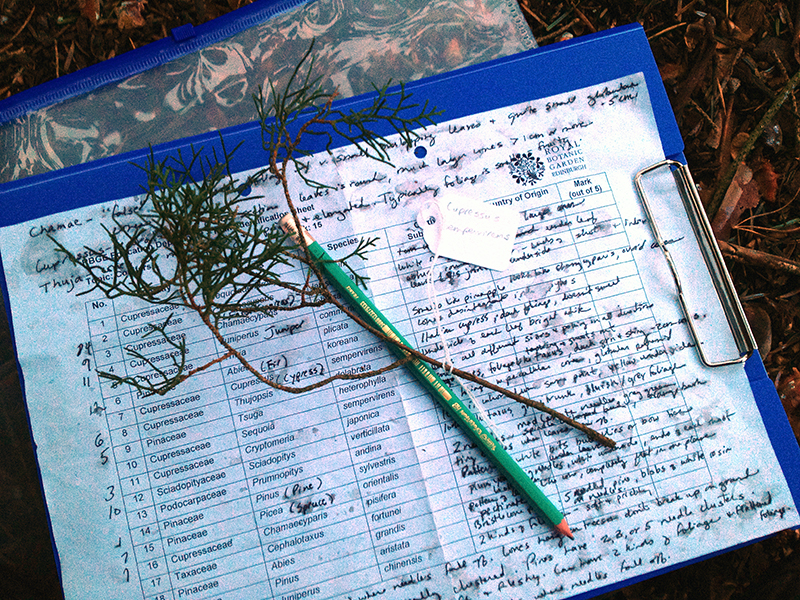
In the empty garden, in the freezing dark, I caught a tiny glimpse of the wildness that makes urban gardens such important links to the natural world. By day the Botanics are obsessively orderly and man’s desire to control nature is the main attraction. But when all the people leave, and the darkness erases tidy edges and labeling plaques, the garden occupants revert to their undomesticated outlines. Walking amongst them, in the quiet dark, the city dropped from my awareness and I was for just a moment back in all the wild places I have lived in and loved, and miss.
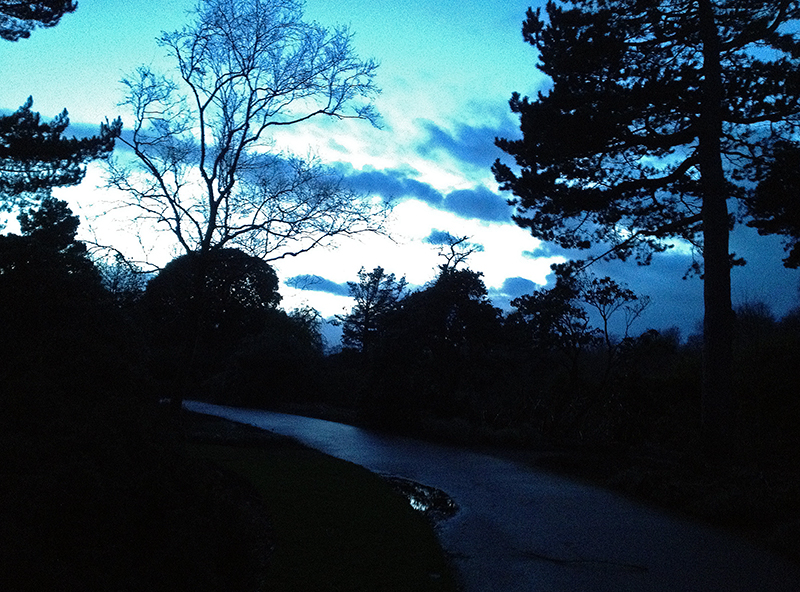
All week I’ve been working with the plant material I collected that night, learning these conifers not only by sight (Chamaecyparis pisifera has white, butterfly-shaped markings on the underside of its leaves) but also by touch and smell (Thuja plicata smells like pineapple or artificial fruit flavoring). To have such closely related plant material has been an exercise in broadening my identification skills to include all senses. The test is tomorrow, wish me luck.
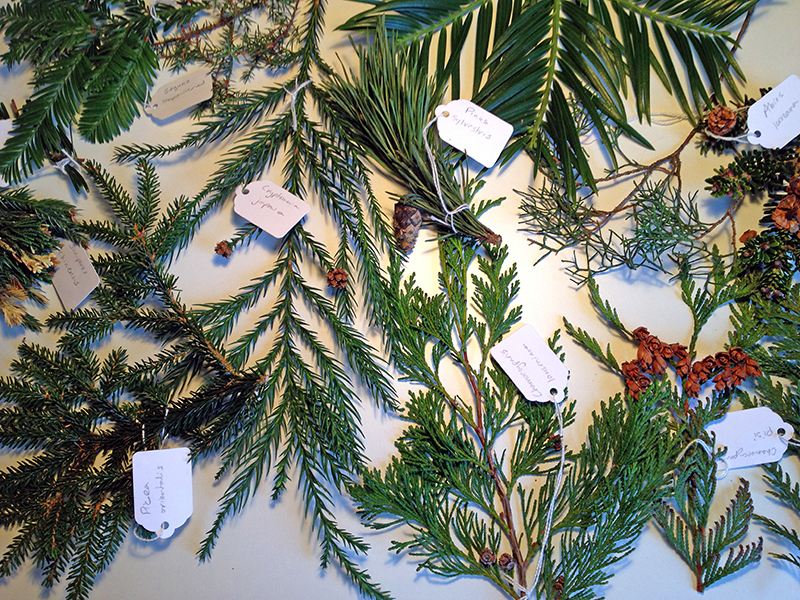
January 11th, 2015 §
Each year, in the coldest and darkest days of winter, I have to make an effort to keep my spirits up by noticing beauty where I can. This year is no different, and is perhaps compounded by Scotland’s incredibly few daylight hours. It’s unnerving to look up at noon to see, when it’s not raining, sleeting or snowing, a weak sun barely clearing the housetops. It makes me feel like I’m on a different planet, and maybe I am.
I go outside as often as I can, and walk for miles around the city. Thankfully the city cooperates, and where natural light is scarce cheerful electric lights and fires have blazed all winter in what seems a concerted effort to beat back the dark. Here’s some wintery color and light that have caught my eye these last few weeks.
